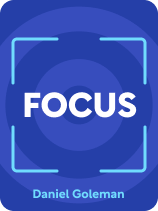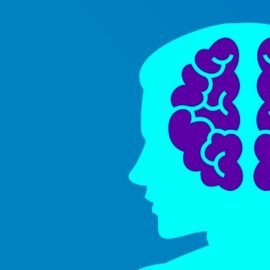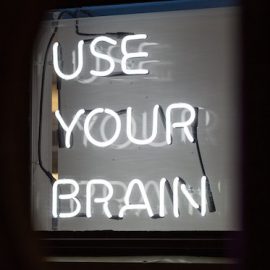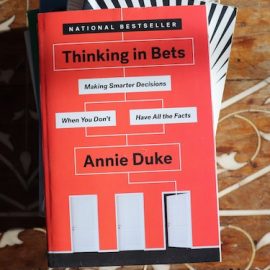

This article is an excerpt from the Shortform book guide to "Focus" by Daniel Goleman. Shortform has the world's best summaries and analyses of books you should be reading.
Like this article? Sign up for a free trial here.
What is selective attention? What would it be like if you didn’t have it?
You’re walking down a city street. A pigeon flutters just ahead of your step. A taxi cab honks. A hot burst of air shoots up from a vent in the sidewalk. Someone calls your name. Thankfully, your brain has a tool to sort through all these stimuli and tell you where to focus your attention.
Keep reading to understand selective attention and how it works for you.
Selective Attention
What is selective attention? Selective attention is a type of effortful attention you use to filter through the flood of sensory stimuli and narrow your focus on what’s relevant. Just as the name suggests, selective attention helps your brain select what’s relevant to pay attention to and choose where you direct your attention. With robust selective attention, you can:
- Focus your attention on one task or piece of information and ignore distractions.
- Move your attention from one thing to another, and then keep your focus on that new thing.
- Bypass emotional distractions and stay centered during stressful times.
- Drop distressing or repetitive thoughts when they occur and direct your focus away from what’s worrying you.
These abilities are important because they help you engage meaningfully with tasks and allow agency over when and where you put your mind to use. Without selective attention, our brains would be overwhelmed with information and it would be difficult to make sense of the world around us.
| How Selective Attention Works The abilities Goleman identifies above all reflect the ability to deliberately choose where to direct our attention. He isn’t explicit about what exact cognitive processes allow for selective attention, but there are two major models that explain how it works. In both models, your brain automatically picks up on certain features of something, like its color, shape, or sound. If the stimulus is important or relevant to you, it gets “tagged” as something that needs your attention and deeper cognitive processing. Then, depending on the model, your brain either completely blocks unimportant stimuli or “turns down the volume” on it so that only important stimuli get through to further processing centers. |

———End of Preview———
Like what you just read? Read the rest of the world's best book summary and analysis of Daniel Goleman's "Focus" at Shortform.
Here's what you'll find in our full Focus summary:
- How to understand, strengthen, and use your attention to lead a more fulfilling life
- The three directions you can aim your attention: inward, toward others, and outward
- How spending time in nature restores your attention






